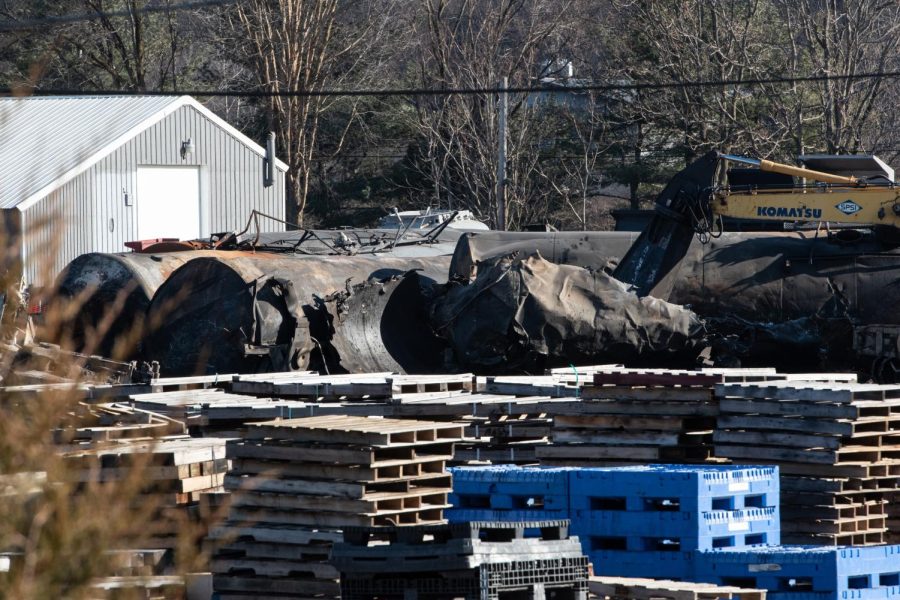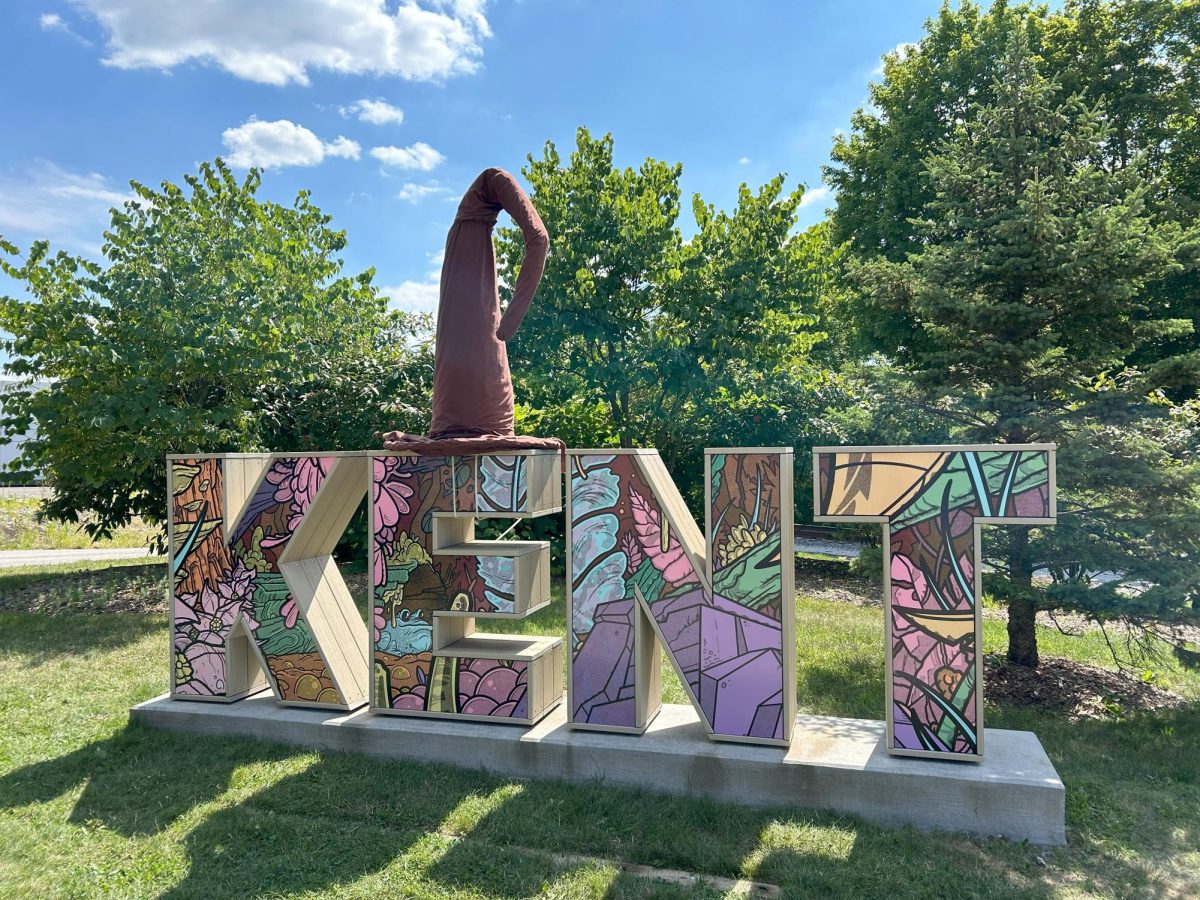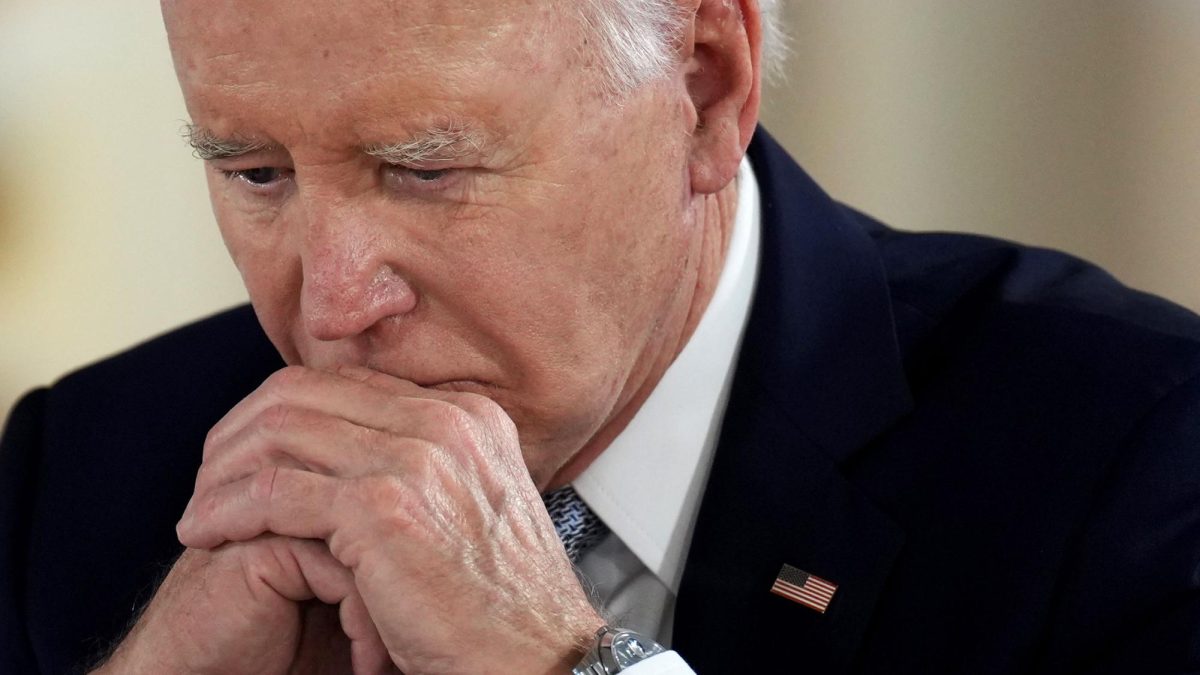The College of Public Health discussed the response of public health officials to the East Palestine train derailment with Columbiana County’s public health commissioner on Feb. 4.
On Feb. 3, 2023, a train derailed in the village of East Palestine, Ohio, causing a fire igniting hazardous chemicals.
Public health commissioner Wesley Vins began the lecture off with an introduction of his experience and a description of the local community’s responses to the hazardous derailment.
“The response really stems from the local community,” Vins said. “However, we ended up having multiple communities impacted, so the village was only a subset.”
Despite the village of East Palestine being small, Vins said its culture was important in responding to the worries of those affected by the incident.
“The most important piece, I think, comes out of the culture,” Vins said. “These families have been together, not just in business, but just in relationships. They all know one another.”
The presentation created for the lecture greatly emphasized both the positive and negative side of the close-knit community of East Palestine and its surrounding counties.
The positives of the community were emphasized through stories of pastors, local doctors, first-responders and other community partners who worked with the health commission to provide shelter, clinics and other services.
The partners, for example, the First Church of Christ, offered food and facilities for public health’s health assessment clinic. Others, like the East Liverpool City Hospital and “Stress” Mental Health helped with onsite support and provided physicians for the clinic.
“When we set up the health assessment plan, the residents in our community were so distraught. They were concerned about their health,” Vins said. “The church volunteered. Literally in 60 seconds the pastor said, ‘Sure, that would be great, let’s go take a look,’ and let us use every room in the facility, even his own office.”
Nearby health professionals and experts from surrounding counties and universities also helped in easing the anxiety of locals who were worried about the effects of harmful chemicals on their health.
“There was a lot of concern,” Vins said. “There was a lot of health fear. A lot of people wanted a well sample. A lot of folks expressed health concerns that reached beyond the Columbiana County clinics.”
The public health department has collected soil samples in 146 locations across the “1-by-2-mile evacuation zone, an extended 1-mile area to the southeast in Pennsylvania, and 25 additional sites considered background,” according to the EPA.
The negative effects of the disaster were shown through the intense anxiety shared by many in the community, along with the non-local media, who Vins said were both aggressive and well-accommodating.
“We had freelance journalists, we had media that came in that was extremely aggressive and we were not accustomed to it; they were very demanding,” Vins said. “It may sound like they were all that way, but most of the media in particular understood their role.”
Vins said the media had a big role in developing the public’s view of the East Palestine disaster. Multiple times during the lecture, he brought up the media, even stating that those working within the media are the ones who carry the message.
“Get it right, ask questions, ask good questions,” Vins said. “The questions you have are the same questions that the voters have.”
He felt this pressure the most at a public meeting held in the midst of the disaster. During this meeting, the media and public expressed they were experiencing a lot of anxiety and were very stressed out.
Director of the Ohio Department of Health Bruce Vanderhoff was also in attendance and helped the public health commission in combating stress at the meeting.
“After the presentation, there was a line of people that came up to him at the table,” Vins said. “[Vanderhoff] answered questions in an effort to reduce misunderstandings and to address concerns.”
Vins played a similar role at the lecture, giving attendees the opportunity to ask questions at the end of his presentation. Many of them were public health students who were curious about the scope of the response.
“The biggest takeaway from the presentation today was just seeing how many health districts are incorporated into this train derailment,” senior public health major Kyralin Kramp said. “I never really knew all the steps and importance of all the different roles in responding to big issues like that.”
Many attendees wish they could have heard more questions answered, specifically on concerns relating to the impact on residents.
“I’m not discrediting him because I feel that he did such a good job for the small department they had. They did such a great job reaching out to people and getting help,” sophomore public health major Ivory Kendrick said. “But there is a lot more questions that I felt needed to be answered, especially going into the future.”
Elaina Matricardi is a reporter. Contact her at [email protected].




















